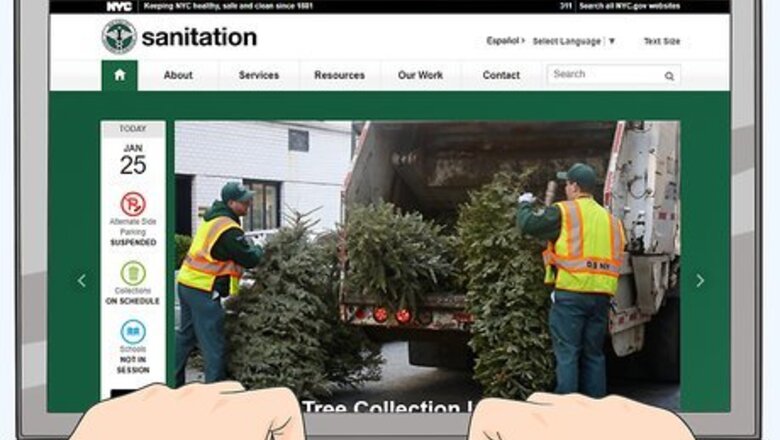
views
Placing Items for Pickup
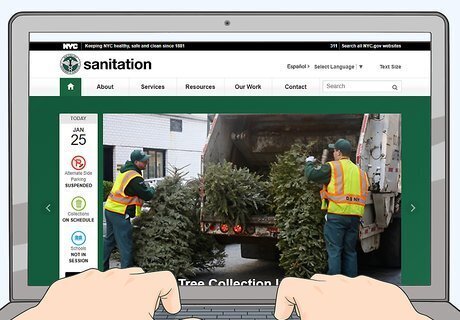
Visit the NYC sanitation website to find your collection day and request decals. Go online to the official NYC Department of Sanitation (DSNY) website to find the collection dates and times for your location. You can also request decals that you can place onto your own bins to hold your recycling for collection. Go to https://materials.bwprronline.org/home/150 to request free decals for your bins. Visit https://www1.nyc.gov/assets/dsny/site/collectionSchedule to find the collection schedule for your location. NYC does not provide bins, but you can put a decal on any bin between 18–32 gallons (68–121 L).

Separate out paper items that can be recycled. Set aside white, colored, and glossy paper, as well as envelopes, paper bags, newspapers, and cardboard. Throw away soiled or dirty paper such as napkins, paper towels, and tissue paper, as well as wax or plastic-coated paper as these cannot be recycled. You can recycle phone books and softcover books as well. Collapse and fold cardboard boxes, or tear them into pieces so they’re flat. Paper cartons such as milk cartons, juice boxes, or soup stock can also be recycled, but they must be rinsed clean first. Do not recycle candy wrappers, take-out containers, or hardcover books.
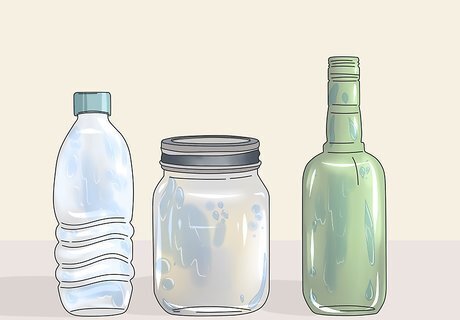
Empty and clean out plastic and glass bottles, jars, and jugs. Rinse out any glass or plastic bottles and jars so they’re clean and completely empty. Set the plastic and glass items aside to be recycled with the rest of your non-paper items. Throw out styrofoam and plastic containers such as deli containers and cups. Bring plastic grocery bags to a local supermarket that collects them. Do not recycle broken glass bottles or jars, or other glass items such as mirrors, light bulbs, or ceramics.
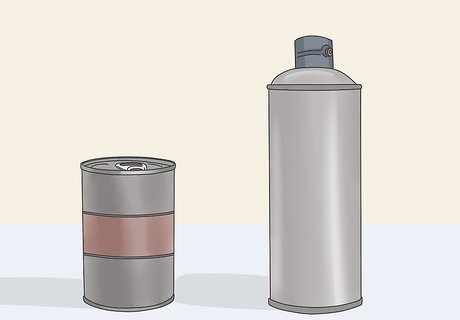
Set aside empty items that are mostly metal to be recycled. NYC also recycles many metal items, as long as they’re clean and empty. Separate items such as soda cans, soup cans, empty aerosol cans, coat hangers, and tin foil to be recycled along with your other non-paper recyclables. Additional metal items that can be recycled include metal caps and lids, pots, tools, and empty paint cans. Don’t recycle electronic devices, cables or wires, or large metal items like furniture or appliances.Warning: E-waste such as TVs, cell phones, computers, and other electrical appliances may contain hazardous materials like lead and mercury and can’t be thrown away. Look for community recycling events near you or search online for retail locations where you can drop off your e-waste to be recycled.

Place all paper items in clear bags or bins with a green recycling decal. Use clear plastic bags so sanitation workers collecting your recycling can clearly see the items. You can also use a collection bin that has the green recycling label to identify the items as paper recyclables. Use any clear bags between 13–55 gallons (49–208 L). Make sure the bins are sturdy and don’t have holes that could leak or collect falling rain. Be sure to use the official NYC decals on the bins.
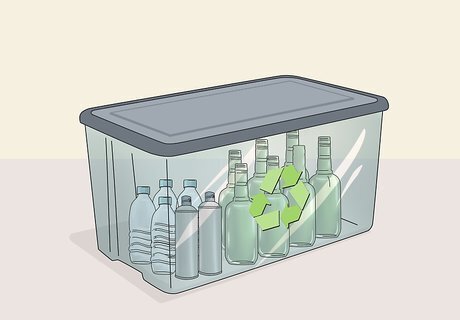
Put non-paper items in clear bags or bins with the blue recycling decal. Place all of your glass, plastic, and metal items into clear bags so they’re easily recognizable, or use a bin that can hold the items. Use a bin with the blue recycling decal to identify your recycling as non-paper items so they’re sorted properly. Sanitation workers may not collect your recycling if they can’t identify what it is.
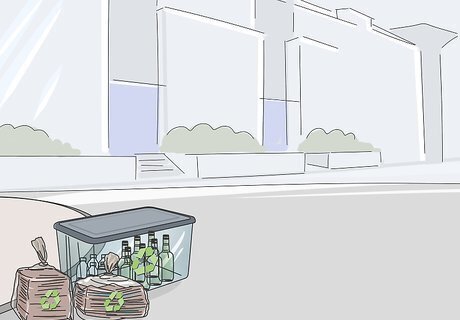
Place your recyclables on the curb or in your building’s recycling area. The night before your designated recycling collection day, take out your sorted and labeled items and bring them to the curb for collection. If you live in an apartment building, you may have a designated area for you to place your recycling to be collected. Be sure to place your items on the curb, not in the street. Look for signs that indicate your building’s recycling area or ask your landlord or super about where you can place your recycling for collection. Usually, the recycling area will be located near the garbage dumpster. You can also take your recyclables to a collection center if you don’t want to wait for pick-up. Look online for a center near you.
Composting Organic Items
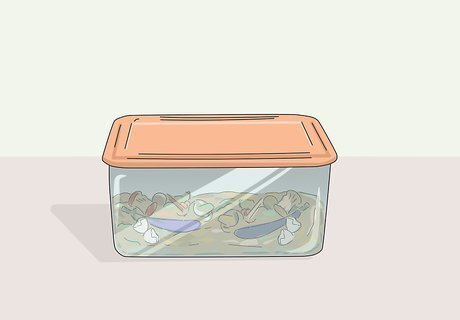
Keep food scraps, plants, and brown paper in covered containers. Store your compostable items in covered plastic containers, such as large yogurt containers, milk cartons, or compost pails. To reduce the odor, keep the containers in your refrigerator or freezer. You can also place a layer of shredded newspaper at the bottom of the container to help reduce the odor. Do not place products such as meat, dairy, oil, feces, coconuts, plastic, paper receipts, or diseased houseplants into your compost for collection.Compostable Items: Fruit and vegetable scraps, non-greasy food scraps such as rice and bread, coffee grounds and filters, tea bags, egg and nut shells, fruit pits, cut or dried flowers, houseplants, potting soil, and brown paper products such as paper bags.
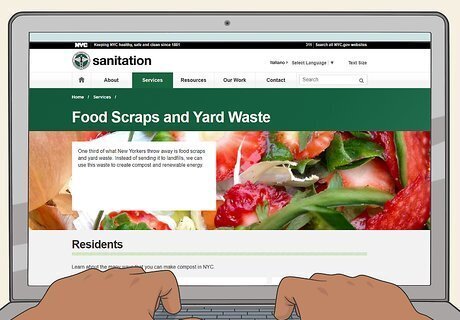
Check the sanitation website for drop off sites or to request a brown bin. The New York City department of sanitation, or DSNY, will only collect food scraps from your curb if they are contained in a DSNY-provided brown bin. You can request a brown bin by visiting their website. You can also find drop off locations and their operating hours on the sanitation website. Visit https://www1.nyc.gov/assets/dsny/site/services/food-scraps-and-yard-waste-page to find drop off locations and request a brown bin. The site schedules can change based on weather conditions and holidays so be sure you check before you try to bring your food scraps. You do not have to pay for a brown bin if your area has curbside pickup.
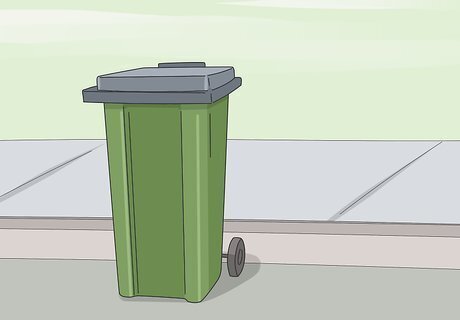
Line your bin with a plastic bag and place it on the curb for collection. Use a clear plastic liner or bag to keep food from freezing to your brown bin as well as reduce odors. The night before collection, place all of your food scraps into the brown bin and place the bin out on the curb to be emptied by sanitation workers. Bring your bin inside after the food scraps have been collected and clean it to keep it from smelling.
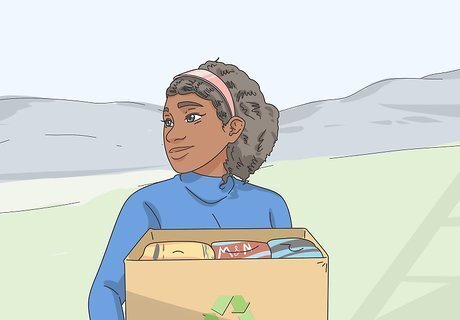
Bring your food scraps to a collection site if you don’t have a bin. If you don’t have an official DSNY brown bin, bring your collected food scraps to a designated drop off site when they’re open. Bring your containers inside to be emptied and the items to be collected. Keep your containers so you can reuse them again. Clean out your containers after each use so they don’t start to smell. You don’t have to pay to drop off food scraps at a collection site.
Dropping off Clothing Items

Collect clean and dry clothes, shoes, bags, and belts. Put together all of the textiles you plan to recycle so they’re organized. Wash and dry any clothes, linens, or shoes so they’re clean before you donate them. The clothing will be sorted to be distributed to second-hand markets or recycled to be used as wiping rags or fiber products such as insulation. Make sure you have both of the shoes you plan to donate! Do not donate fabric rolls or scraps of fabric, rugs, carpeting, pillows, or blankets.
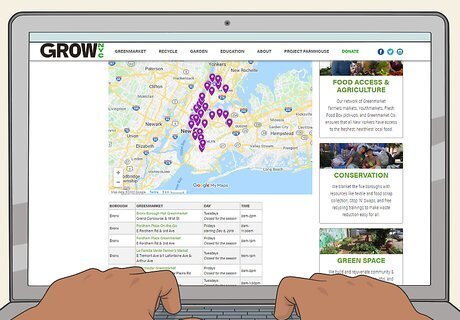
Visit https://www.grownyc.org/clothing#list to find a collection site. Once you have your items together, visit the NYC clothing collection website. Look for a location near you in the spreadsheet and check the date and time of collections. If a location near you is closed for the season, is not currently taking donations, or isn’t open at a date and time that you’re available, look for another location!

Bring your items to a collection site on the designated day. When the collection site is open, you can bring your clothing items to the location to be dropped off. Bring the organized items inside of the location so they can check them to make sure they’re acceptable. Don’t drop off your items behind the building or outside of the door.Tip: If you have clothing items that aren’t accepted, donate them to charity or find out if a homeless shelter near you will accept them.
















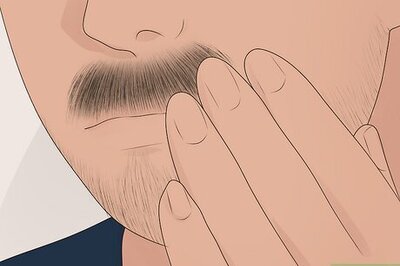



Comments
0 comment